Stressed tissue
also causes pain
The horse's connective tissue has slowly but surely been 'discovered' as a serious, possible cause of pain in horses. Earlier on, there was a lot of focus on treating the horse's muscles. Whereas now it is widely known that very often the connective tissue is the origin of the pain.
The part of the horse's connective tissue system that connects to its muscles is called myofascia (myo = muscle). And if this is inflamed, it hurts. But how does the inflammatory condition occur? According to Anja Thorup Jensen, a behavioral biologist specializing in horses, the problems arise when the tissue becomes stressed.
“The connective tissue becomes tight and thickens, causing a constant pinching of both nerves and blood vessels. This causes pain and prevents the tissue from receiving fresh supplies of oxygen and nutrients, and waste products are not discharged,” she explains.
“Many horse owners mistakenly believe that the connective tissue can only contract in connection with the horse using its muscles, and therefore soreness can only occur when the horse actually moves around physically. But there are studies that show that the horse's connective tissue can also be affected when the horse is subjected to mental or emotional stress.”


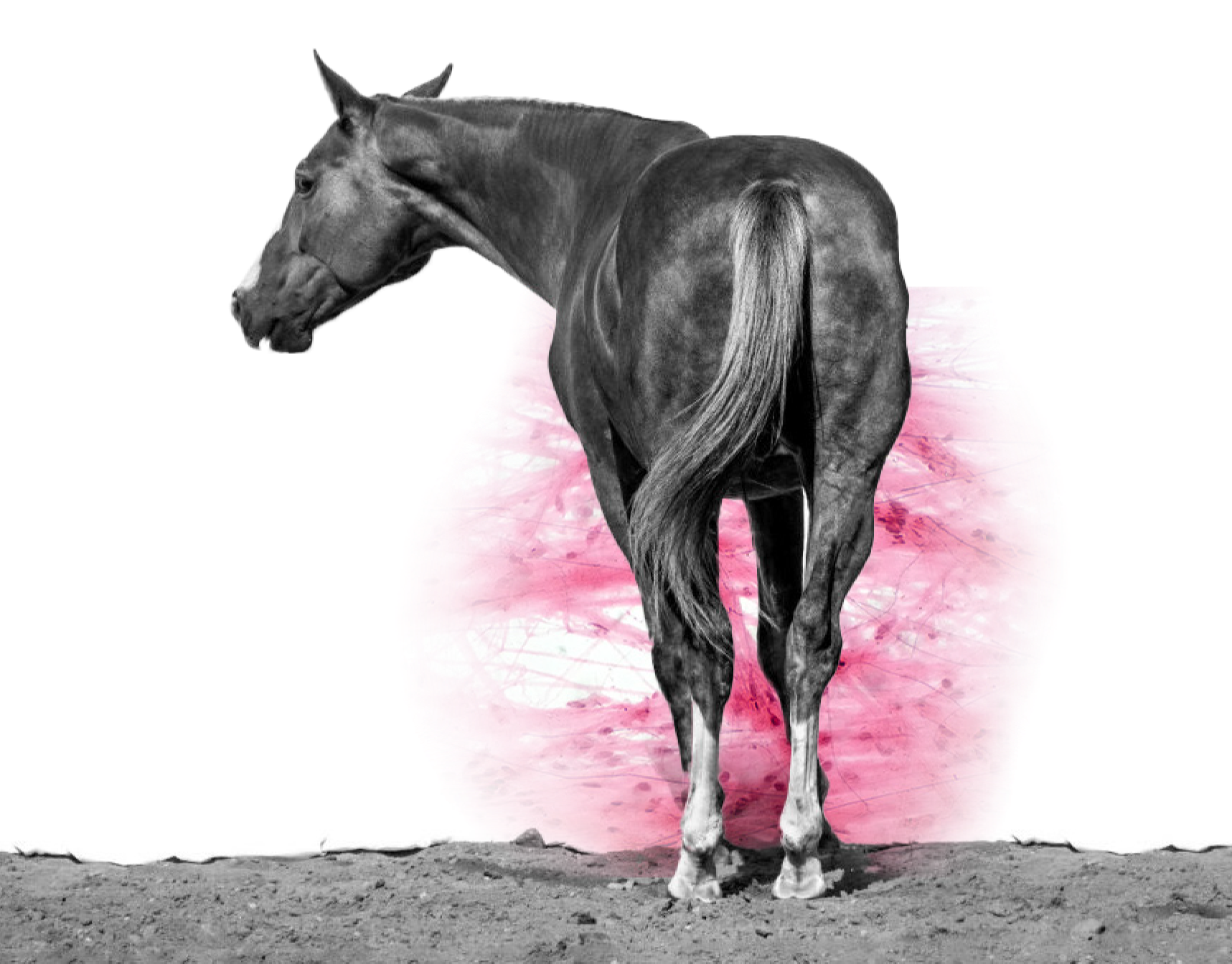
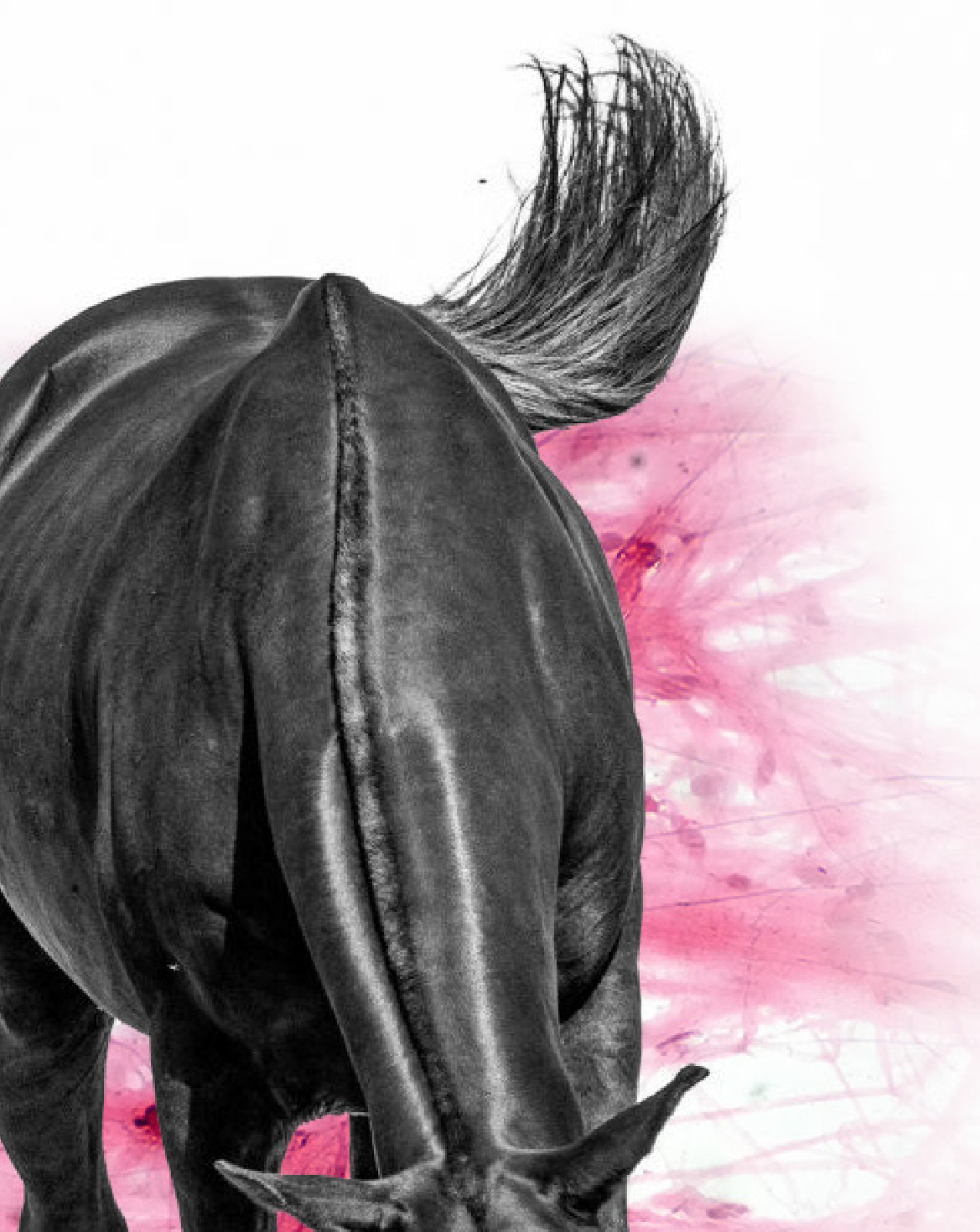
By Tina Bjerre Nielsen // Photo: Shutterstuck
Connective tissue, muscle tissue, muscle membranes, fascia. Whatever you call it, the common denominator is that it’s a kind of tight, elastic band, which in short holds the body together. This tissue exists in both horses and humans, but for quite some time the veterinary science wasn’t aware of how important it is for the well-being of horses. But this has changed.
Did you knoW
that the connective tissue could be the origin of your horse's pain?
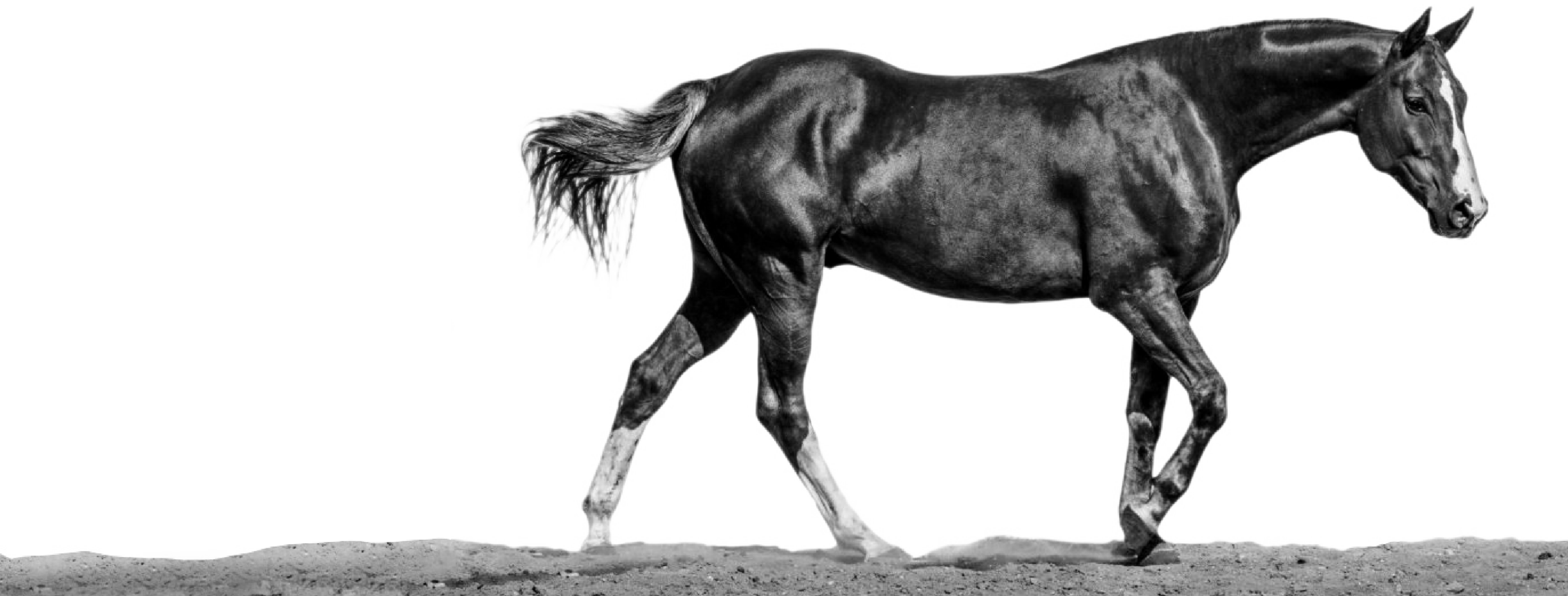

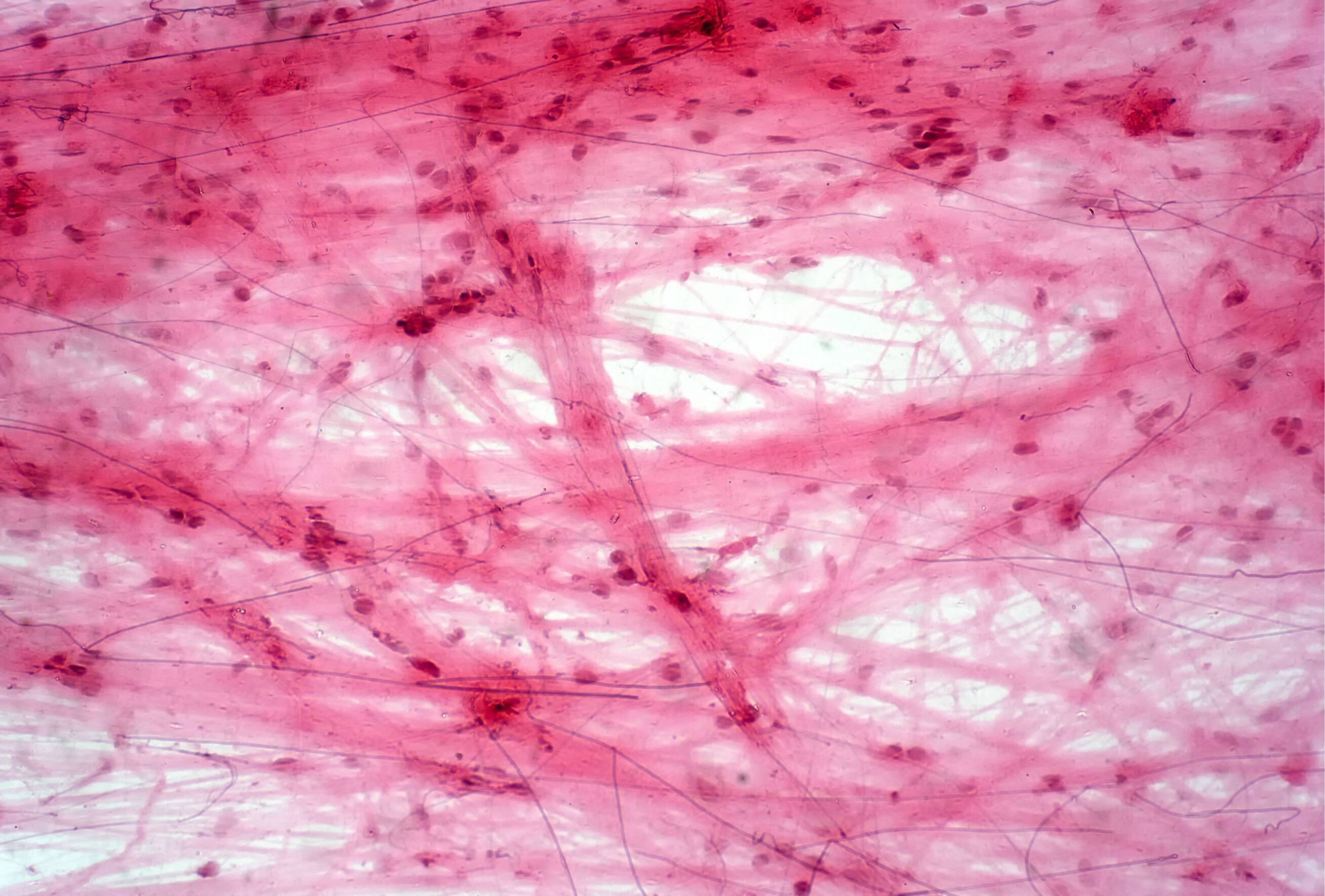
Sources: Vibeke Sødring Elbrønd & Rikke Mark Schultz: Myofascia - The Unexplored Tissue // Anja Thorup Jensen: Want to see what connective tissue looks like? // Modernehestehold.dk
If your horse is in pain, you should of course always consult your veterinarian, whether you think the pain might stem from a problem in the connective tissue or somewhere else. Fortunately, now there are many ways to treat pain related to the connective tissue, so you shouldn’t despair if the vet starts talking about stressed or inflamed fascia. Instead, be happy, that hopefully you have found out what’s really causing your horse's pain.
Your veterinarian can help
Lorem ipsum dolor sit amet, consectetur adipiscing elit.
One way of understanding what connective tissue is to simplify it a bit, which can be done by looking at a chicken breast or a tenderloin. The white membranes or threads which most people prefer to remove before cooking the meat are connective tissue and they look very similar in a horse.
And even if it’s a bit of a stretch, you can also compare the connective tissue to the structure of a citrus fruit. The peel corresponds to the skin, the pulp to the muscles and all the white that surrounds the pulp works like connective tissue - it holds the structures together.
When you peel a citrus fruit, you’re going to find a white layer covering the fleshy part of the fruit. If you, separate the segments of an orange, you’ll also find a thin, white membrane around each segment. And if you move on to opening a segment, you will notice that it’s divided into small drop-like pieces, each of them also surrounded by an ultra-thin, white membrane. This corresponds to the horse's muscles, which are encapsulated and connected to thin, elastic membranes which keep everything in place.
Understanding the anatomy
In the veterinary research article Myofascia - The Unexplored Tissue written by the Danish veterinarians Vibeke S. Elbrønd and Rikke Mark Schultz, it’s concluded that the horse's connective tissue is very similar to that of humans. This means that inflammation in the horse's connective tissue can be the cause of far more pain than we used to think. And that much of what was previously treated as muscle pain may in all probability have been rooted in an inflammatory condition in the tissue. Treatment methods are catching up and as veterinarians Vibeke S. Elbrønd and Rikke Mark Schultz stated in their study; “This new knowledge about the importance of the horse's connective tissue brings the understanding of the horse's anatomy to a whole new level”.
The entire body of the horse
There are both deep-lying and superficial connective tissue, all of which branches out in between the horse's muscles. In the study, it was discovered that large parts of the connective tissue not just bind the individual structures together, but that it extends and stretches throughout the entire body of the horse.
Vibeke S. Elbrønd and Rikke Mark Schultz found that the connective tissue doesn’t end where the muscles attach to the bones, but it actually continues and extends to other parts of the body.
Precisely because the connective tissue and its nerve pathways extend so far, an inflammation will not only cause pain in one place in the horse but affect a large part of the body. This means that even if the horse, for example, is lame on a hind leg, sore in the back or has girth cramps, the pain itself may stem from somewhere else entirely.
In the study Vibeke S. Elbrønd and Rikke Mark Schultz stated that due to the connection between the horse's connective tissue parts and their dynamic and static contractility (the tissue's ability to contract.), it’s absolutely conceivable to imagine how a biomechanical problem in one place of the horse can easily spread to another part of the body. For example, lameness in one leg may be due to scar tissue in the connective tissue and muscle tissue in the diagonally opposite leg.
One way of understanding what connective tissue is to simplify it a bit, which can be done by looking at a chicken breast or a tenderloin. The white membranes or threads which most people prefer to remove before cooking the meat are connective tissue and they look very similar in a horse.
And even if it’s a bit of a stretch, you can also compare the connective tissue to the structure of a citrus fruit. The peel corresponds to the skin, the pulp to the muscles and all the white that surrounds the pulp works like connective tissue - it holds the structures together.
When you peel a citrus fruit, you’re going to find a white layer covering the fleshy part of the fruit. If you, separate the segments of an orange, you’ll also find a thin, white membrane around each segment. And if you move on to opening a segment, you will notice that it’s divided into small drop-like pieces, each of them also surrounded by an ultra-thin, white membrane. This corresponds to the horse's muscles, which are encapsulated and connected to thin, elastic membranes which keep everything in place.
Understanding the anatomy
In the veterinary research article Myofascia - The Unexplored Tissue written by the Danish veterinarians Vibeke S. Elbrønd and Rikke Mark Schultz, it’s concluded that the horse's connective tissue is very similar to that of humans. This means that inflammation in the horse's connective tissue can be the cause of far more pain than we used to think. And that much of what was previously treated as muscle pain may in all probability have been rooted in an inflammatory condition in the tissue. Treatment methods are catching up and as veterinarians Vibeke S. Elbrønd and Rikke Mark Schultz stated in their study; “This new knowledge about the importance of the horse's connective tissue brings the understanding of the horse's anatomy to a whole new level”.
The entire body of the horse
There are both deep-lying and superficial connective tissue, all of which branches out in between the horse's muscles. In the study, it was discovered that large parts of the connective tissue not just bind the individual structures together, but that it extends and stretches throughout the entire body of the horse.
Vibeke S. Elbrønd and Rikke Mark Schultz found that the connective tissue doesn’t end where the muscles attach to the bones, but it actually continues and extends to other parts of the body.
Precisely because the connective tissue and its nerve pathways extend so far, an inflammation will not only cause pain in one place in the horse but affect a large part of the body. This means that even if the horse, for example, is lame on a hind leg, sore in the back or has girth cramps, the pain itself may stem from somewhere else entirely.
In the study Vibeke S. Elbrønd and Rikke Mark Schultz stated that due to the connection between the horse's connective tissue parts and their dynamic and static contractility (the tissue's ability to contract.), it’s absolutely conceivable to imagine how a biomechanical problem in one place of the horse can easily spread to another part of the body. For example, lameness in one leg may be due to scar tissue in the connective tissue and muscle tissue in the diagonally opposite leg.
Sources: Vibeke Sødring Elbrønd & Rikke Mark Schultz: Myofascia - The Unexplored Tissue // Anja Thorup Jensen: Want to see what connective tissue looks like? // Modernehestehold.dk

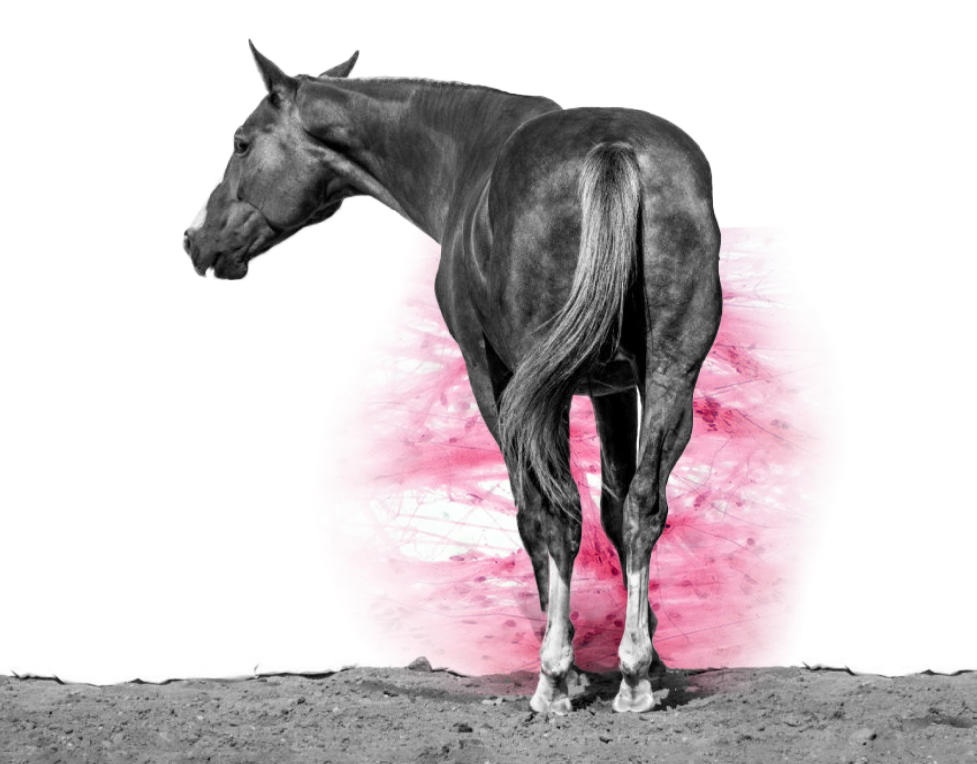
If your horse is in pain, you should of course always consult your veterinarian, whether you think the pain might stem from a problem in the connective tissue or somewhere else. Fortunately, now there are many ways to treat pain related to the connective tissue, so you shouldn’t despair if the vet starts talking about stressed or inflamed fascia. Instead, be happy, that hopefully you have found out what’s really causing your horse's pain.
Your veterinarian can help
Stresset væv
kan give smerter
The horse's connective tissue has slowly but surely been 'discovered' as a serious, possible cause of pain in horses. Earlier on, there was a lot of focus on treating the horse's muscles. Whereas now it is widely known that very often the connective tissue is the origin of the pain.
The part of the horse's connective tissue system that connects to its muscles is called myofascia (myo = muscle). And if this is inflamed, it hurts. But how does the inflammatory condition occur? According to Anja Thorup Jensen, a behavioral biologist specializing in horses, the problems arise when the tissue becomes stressed.
“The connective tissue becomes tight and thickens, causing a constant pinching of both nerves and blood vessels. This causes pain and prevents the tissue from receiving fresh supplies of oxygen and nutrients, and waste products are not discharged,” she explains.
“Many horse owners mistakenly believe that the connective tissue can only contract in connection with the horse using its muscles, and therefore soreness can only occur when the horse actually moves around physically. But there are studies that show that the horse's connective tissue can also be affected when the horse is subjected to mental or emotional stress.”
By Tina Bjerre Nielsen // Photo: Shutterstuck
Connective tissue, muscle tissue, muscle membranes, fascia. Whatever you call it, the common denominator is that it’s a kind of tight, elastic band, which in short holds the body together. This tissue exists in both horses and humans, but for quite some time the veterinary science wasn’t aware of how important it is for the well-being of horses. But this has changed.
Did you knoW
that the connective tissue could be the origin of your horse's pain?
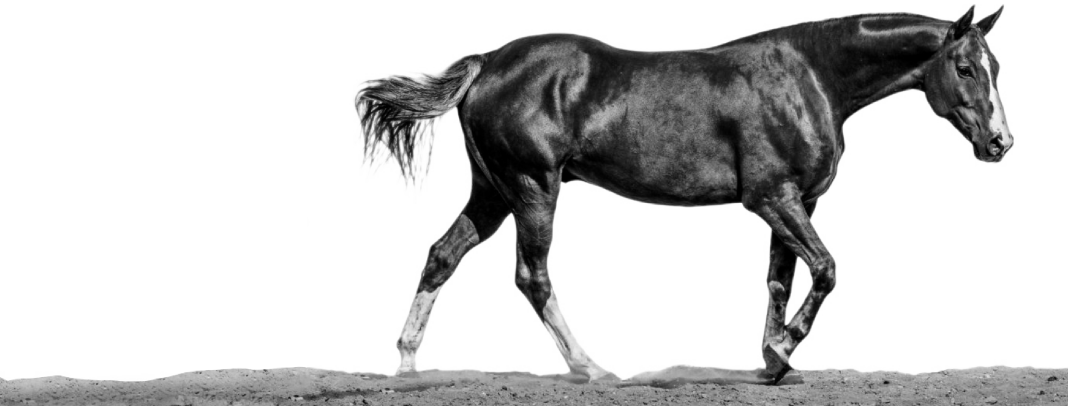



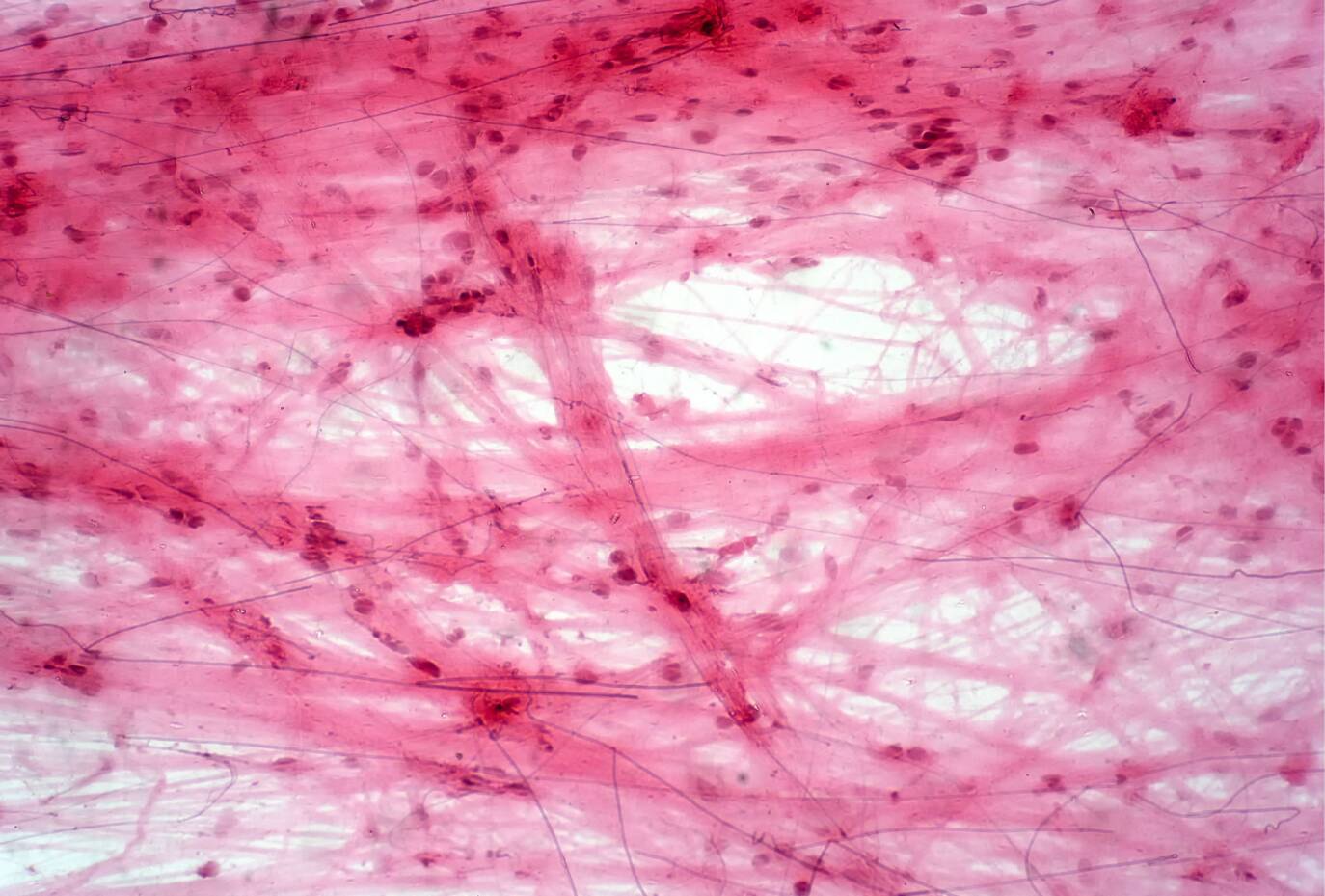

FAGLIGT | BINDEVÆV